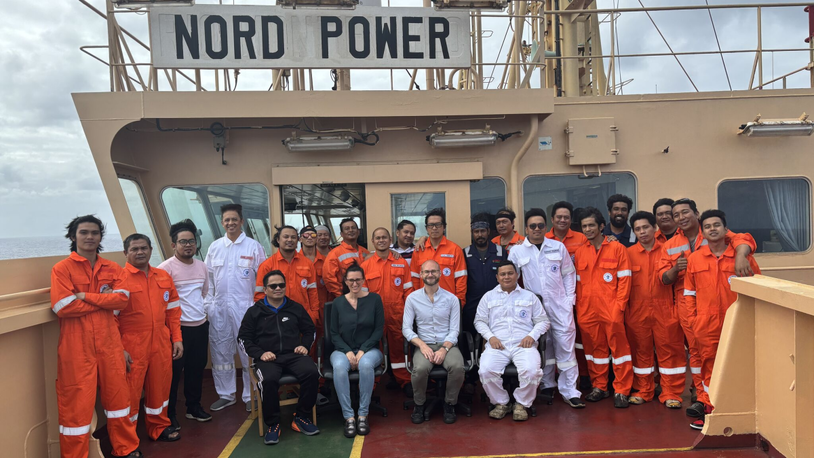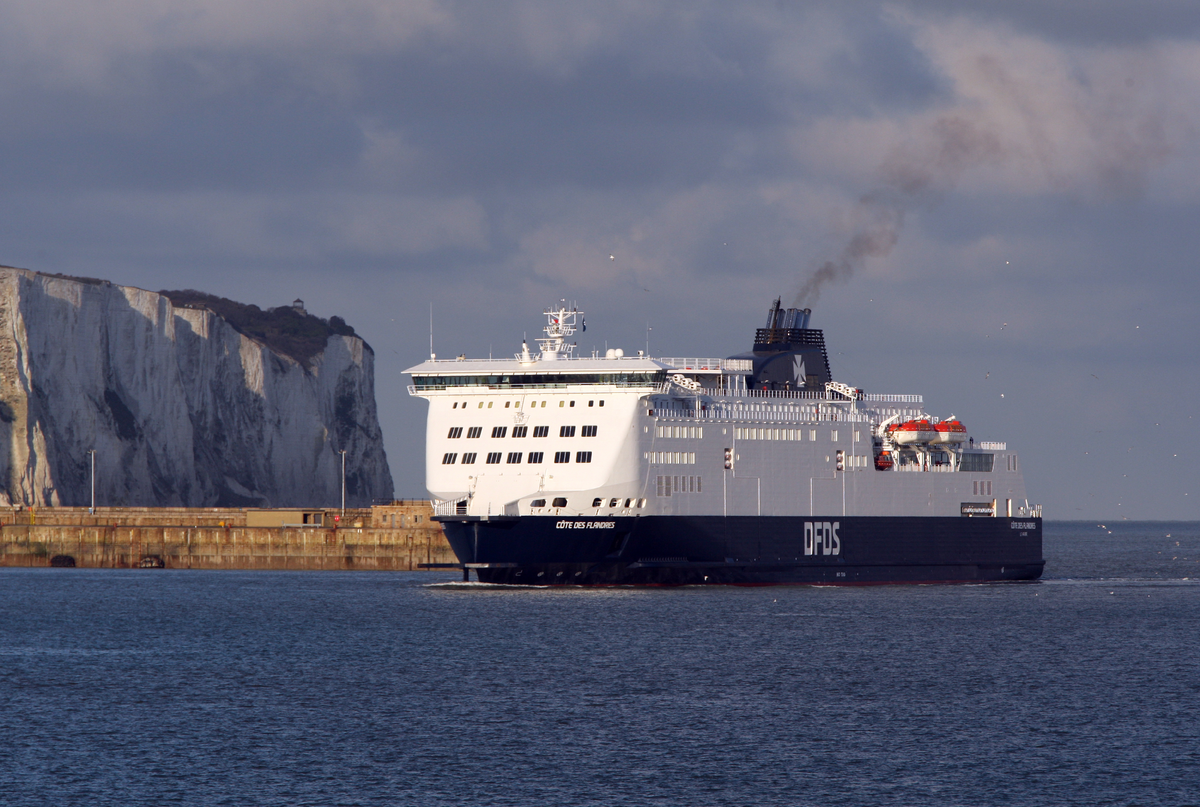Business Sectors
Events
Contents
Volvo Penta launches IMO Tier III concept
Volvo Penta has launched a new engine and after-treatment concept to comply with the forthcoming implementation of IMO Tier III standards
Volvo Penta has launched a new engine and after-treatment concept to comply with the forthcoming implementation of IMO Tier III standards.
The solution is based on both the company’s own experience along with expertise from the Volvo Group in leading selective catalytic reduction (SCR) technology, resulting in a system that is dedicated to heavy-duty marine operations. New emissions restrictions for vessels entering the Baltic Sea and North Sea will be implemented in 2021. The International Maritime Organization (IMO) Tier III regulation will stipulate a reduction in nitrogen oxides (NOx) emitted of around 70 per cent – depending on engine size – when compared to current IMO Tier II levels.
“Our new concept is designed with features and components to withstand the toughest marine environments,” says Johan Carlsson, Volvo Penta’s chief technology officer. “In complying with IMO Tier III requirements, Volvo Penta will meet international emissions standards, offering a truly global solution.”
Volvo Penta’s solution for IMO Tier III is optimised for marine use, and uses SCR technology for the exhaust after-treatment system.
Volvo Penta is initially launching its IMO Tier III solution for its 13-litre models as the range is used for a wide variety of marine applications. It will be available for inboard engines and the Volvo Penta inboard performance system (IPS) package (with a power output of 294-588 kW), auxiliary engines (ranging from 294-441 kW), and gensets (ranging from 300-400 kW). The reduction in NOx will go from current permitted levels of 7.7 g/kWh down to 2 g/kWh.
Volvo Penta’s IMO Tier III solution exceeds stipulated emissions limits in reducing NOx by up to 75 per cent. It is a simple robust design, with an SCR solution that has been adapted and optimised for marine customers. Exhaust gases are mixed with urea/DEF (diesel exhaust fluid) in the SCR unit. There is a separate urea injector pipe. The two alternative exhaust outlets are designed for marine standards and will provide customers with different possible SCR configurations, for ease of installation. The DEF tank is designed to hold enough urea for 3,200 litres of fuel, and there are sensors to check the urea levels and quality; it also includes a dosage pump and control unit. For Volvo Penta IPS, there are also specific features, such as the exhaust bend, to ensure ease of installation and operation.
Related to this Story
Women in Maritime Today: Elin Saltkjel says no day working in maritime is dull
Events
Maritime Environmental Protection Webinar Week
Cyber & Vessel Security Webinar Week
The illusion of safety: what we're getting wrong about crews, tech, and fatigue
Responsible Ship Recycling Forum 2025
© 2024 Riviera Maritime Media Ltd.













